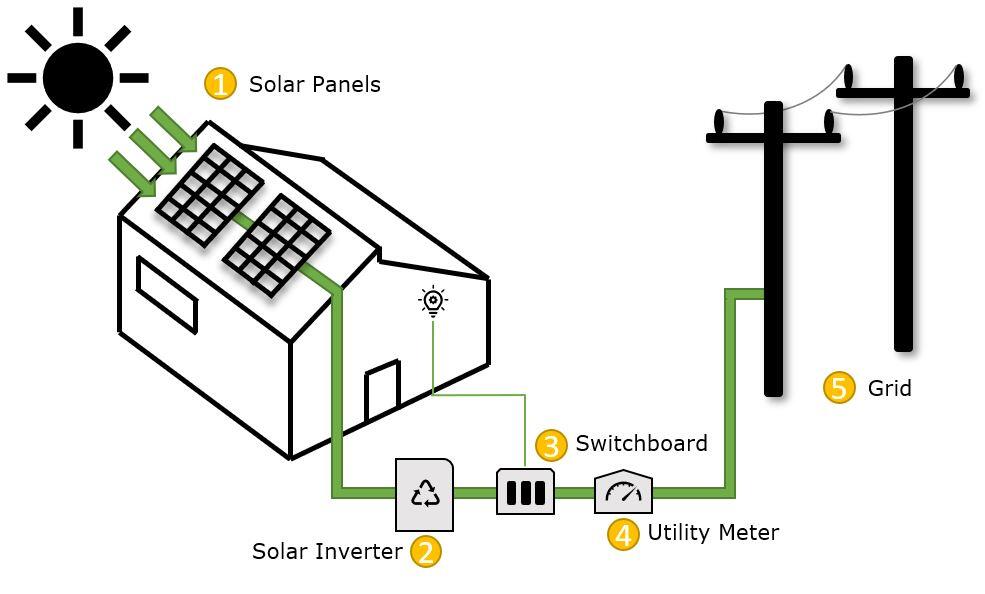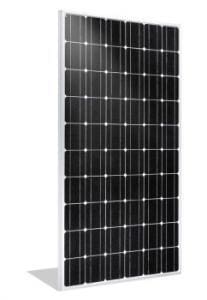Step-by-Step Quick Guide: How Solar Panels Work
1. Sunlight Activation
- Solar panels are installed on your roof or other suitable locations where they can receive maximum sunlight.
- When sunlight hits the solar panels, the photovoltaic (PV) cells within the panels absorb the light energy.
2. Photovoltaic Effect
- The PV cells in the solar panels are made of semiconductor materials, usually silicon.
- When the sunlight strikes these cells, it excites electrons, causing them to move. This movement generates a flow of electric current.
3. Generation of Direct Current (DC) Electricity
- The movement of electrons through the semiconductor material creates direct current (DC) electricity.
- DC electricity flows in a single direction, which is not suitable for most household appliances.
4. Conversion to Alternating Current (AC)
- The DC electricity generated by the solar panels is sent to a solar inverter.
- The solar inverter converts DC electricity into alternating current (AC) electricity, which is the standard form of electricity used in homes and businesses.
5. Distribution to the Home
- The AC electricity is then sent from the inverter to your electrical panel (also known as a breaker box).
- From the electrical panel, the electricity is distributed throughout your home to power your lights, appliances, and other electronic devices.
6. Utility Meter and Grid Connection
- If your solar panel system produces more electricity than you need, the excess electricity is sent back to the grid through your utility meter.
- The utility meter records the amount of electricity you send to the grid, and you may receive credits from your utility company, known as a feed-in tariff.
7. Optional Solar Battery Storage
- If you have a solar battery installed, any excess electricity can be stored in the battery for later use.
- This stored electricity can be used during the night or on cloudy days when your solar panels aren’t producing electricity.
8. Monitoring and Maintenance
- Most solar panel systems come with a monitoring system that allows you to track the performance of your panels and ensure they are working efficiently.
- Regular maintenance, such as cleaning the panels and checking the system for any issues, helps keep your solar power system running smoothly.
Understanding How Solar Panels Work
- The intensity of sunlight your location receives.
- The angle and orientation of your roof, affecting solar exposure.
- Your household’s energy consumption patterns during different seasons, particularly in winter and summer.
Compare quotes from up to 7 installers in your area now.
Solar Inverter Transforms DC into AC Electricity
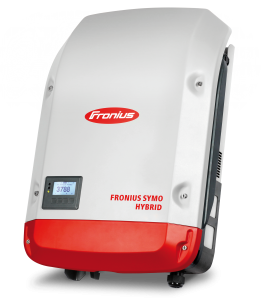
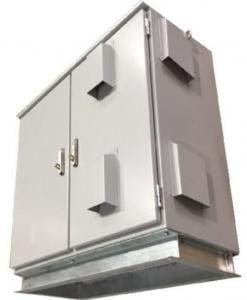
Utility meter records
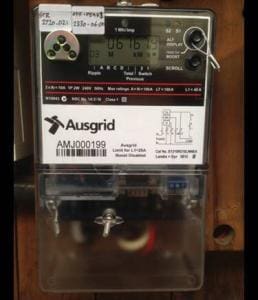
Grid rules define system permissions
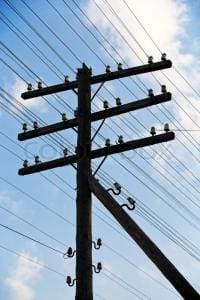
- Most DNSPs permit solar up to 5kW (inverter-size) with permission to export via a relatively automated approval process
- For commercial projects over 30kW, a network protection device is required
- For commercial projects over 100kW, a more detailed approval process usually is required meaning an engineering study will need to be completed to approve the system – and there might be some design alterations required for the installation to be approved
Solar Batteries (optional)
Since 2008 our knowledge and sophisticated software has allowed over 160,000 Australian households and businesses to make a well-informed choice on their solar & battery installer.
FAQs
Before you start with solar power, you must understand how solar energy works in Australia.
Solar energy is a type of renewable energy that comes from converting sunlight into electricity, which can power homes, businesses, and other buildings.
Solar panels are made up of photovoltaic cells, which absorb sunlight and convert it into direct current (DC) electricity.
This DC electricity can then be converted into alternating current (AC) electricity that powers most homes and businesses. Reach out to Solar Choice to learn more about solar energy and how it works.
One of the most well-known solar energy benefits is that it is a clean and renewable resource that can help to reduce your carbon footprint and lower your energy bills.
By extension, this benefit of solar energy can hedge against rising energy costs, providing a stable and predictable price for electricity.
Unlike wind turbines, solar power does not produce audible noise because they don’t have any moving parts.
Solar power is clean, which means it doesn’t produce harmful emissions like fossil fuels such as coal, gas, and oil.
There are two main types of solar energy: photovoltaic (PV) solar and solar thermal.
Solar thermal energy is often used with other forms of renewable energy to provide a more efficient means of heating water.
This can be accomplished through passive and active systems that use lenses, mirrors or photovoltaic panels to focus the sun’s energy in one place.
In contrast, solar photovoltaic cells can generate electricity directly from sunlight, usually without the need for additional equipment like an inverter or battery storage system.
Not sure what to get? Solar Choice provides Australia’s only online solar comparison service. Explore our system to determine what suits your needs best and get up to 7 local quotes today.
- Solar Panel Costs: Solar Choice Price Index | April 2025 - 1 April, 2025
- Solar Panels For Homes – All You Need to Know About Solar Systems - 18 March, 2025
- Best NSW Solar Feed-In Tariffs - 17 March, 2025
